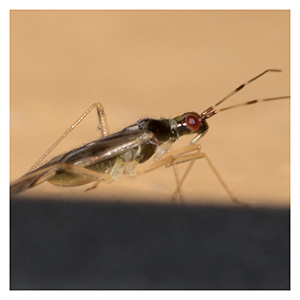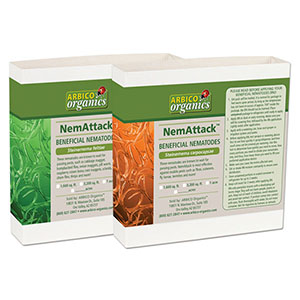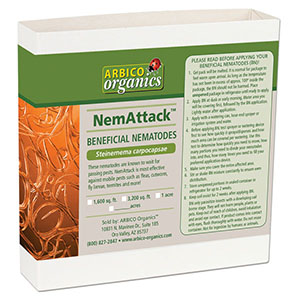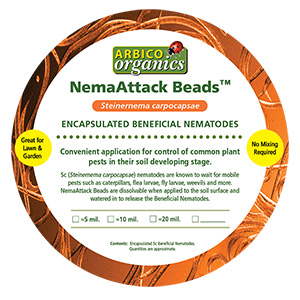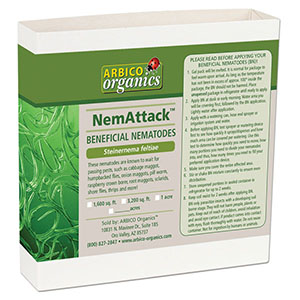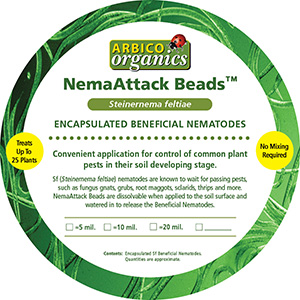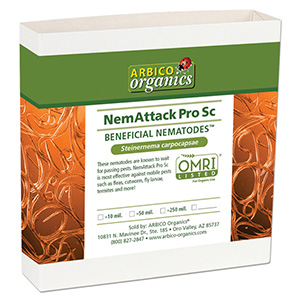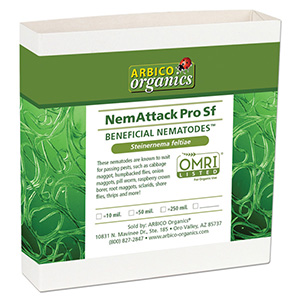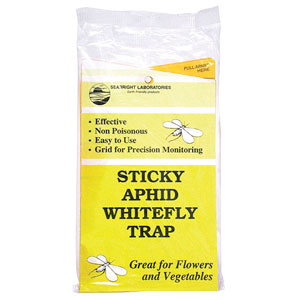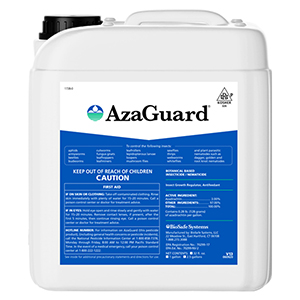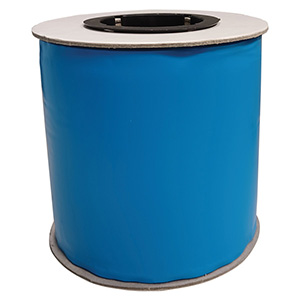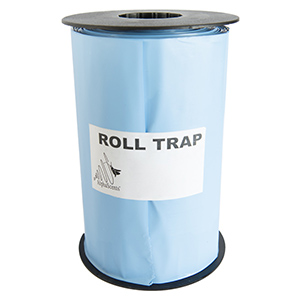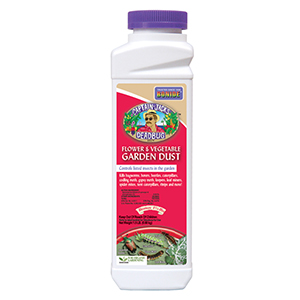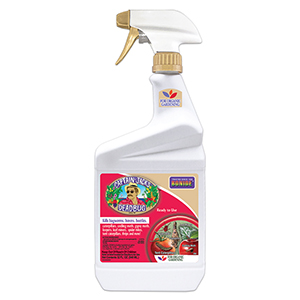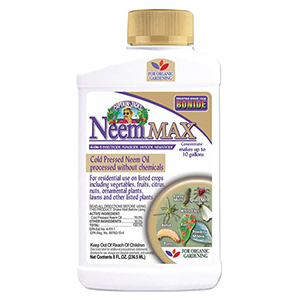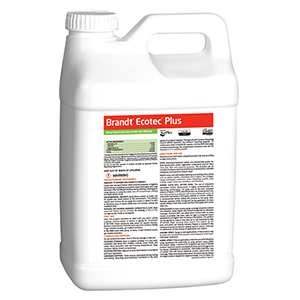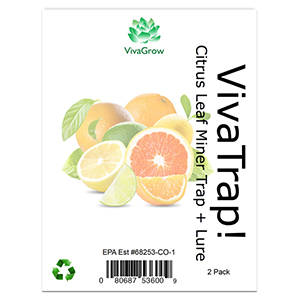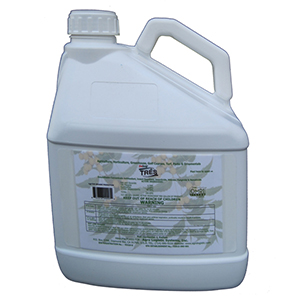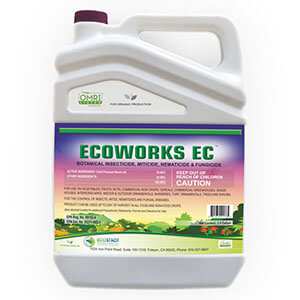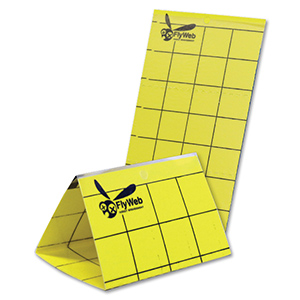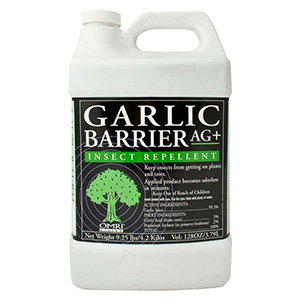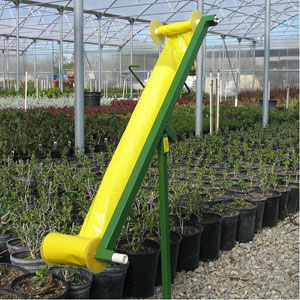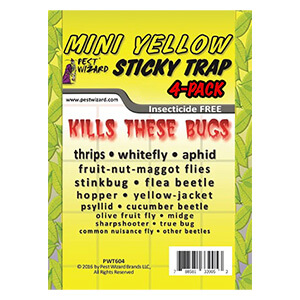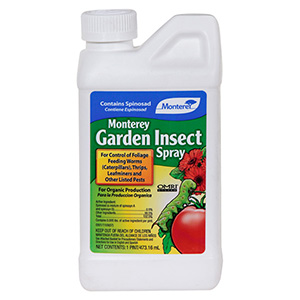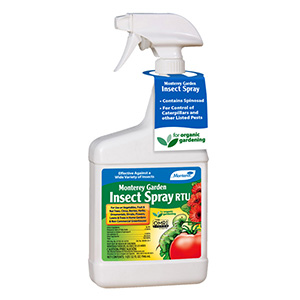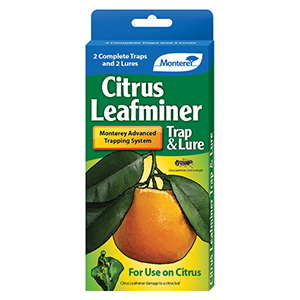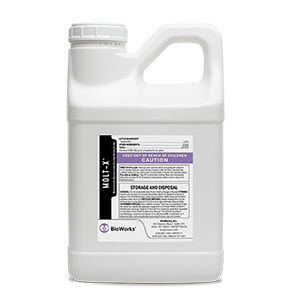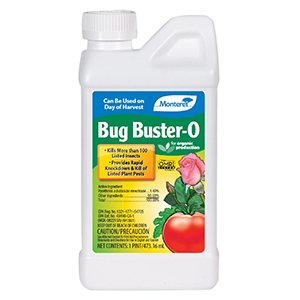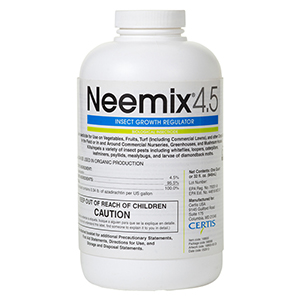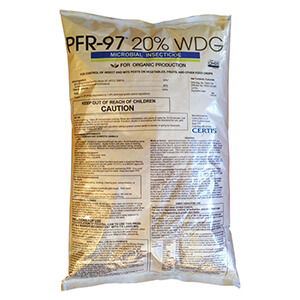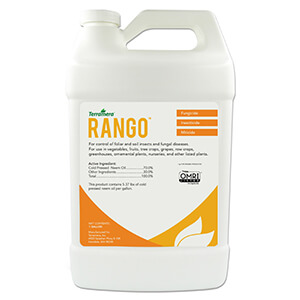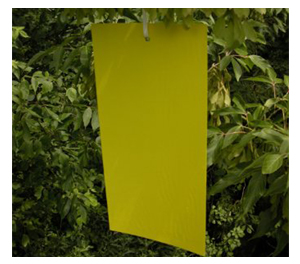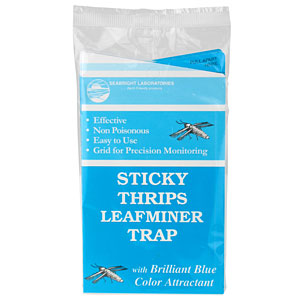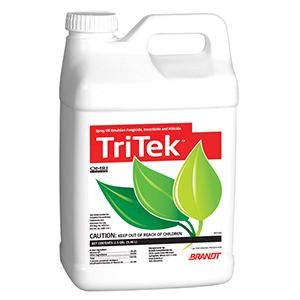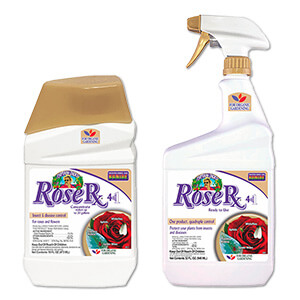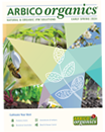Leafminers
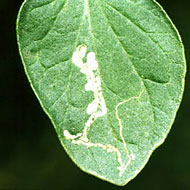 |
Leafminer is a broad term used to describe the larvae of Lepidoptera, Diptera and Hymenoptera that live inside of plant leaves while feeding and maturing. Growers typically notice erratic lines showing up on foliage often times with frass visible inside the discolored lines. The pattern formed by the feeding tunnel can be indicative of the specific pest afflicting your plants, but pay close attention to which plants are being targeted as that can be helpful in identifying the pest.
Leafminer Damage:
Leafminers prefer to feed on parts of plants with tissues containing lower levels of cellulose and tannins. Damage caused by leafminers is often only cosmetic and leaves the affected plants healthy otherwise; although, unchecked damage can cause excessive leaf drop and other symptoms that may result in more severe effects to the plants. Once emerged, leafminer feeding tunnels can become sites for Diseases to be vectored in by other insects or through direct contact with Fungal spores, Bacteria, or Viruses. For this reason, it is imperative that you monitor consistently once leafminer damage is identified.
Controlling Leafminers:
- Monitoring leafminer populations early in the season allows action to be taken early on if needed. Blue Sticky Traps attract and trap adults before they can lay eggs that will hatch and damage foliage. Physical removal of leafminer eggs should be done when eggs are spotted.
- Plant trap crops like lamb's quarters, columbine and velvetleaf if you have dealt with leafminers in past growing seasons. They serve as a more inviting alternative for the leafminers and direct them away from the crops being protected.
- Diglyphus isaea is a beneficial wasp that parasitizes leafminer larvae, killing them before they can perpetuate. Best results are achieved when releases of D. isaea are made early in the season before leafminer populations have grown to large numbers.
- If you notice leafminer damage on foliage, thoroughly apply Spinosad (Monterey Garden Insect Spray) to all plant surfaces. Once ingested, spinosad stops larvae from feeding and they will die within 24-48 hours. Repeat applicatons 2-3 times throughout the growing season if damage persists.
-
$82.00–$315.00
-
-
$60.00–$500.00
-
$36.00–$270.00
-
$36.00–$86.00
-
$36.00–$270.00
-
$36.00–$86.00
-
$52.00–$325.00
-
$52.00–$325.00
-
-
$275.00–$2,495.00
-
$10.99
-
$60.00–$115.00
-
$70.50–$152.00
-
$6.75–$11.99
-
$9.99–$29.99
-
$13.99–$20.99
-
$615.00
-
-
$750.00–$2,700.00
-
$302.00
-
$11.00
-
$73.80–$3,005.00
-
$3.85–$97.00
-
$6.99–$29.95
-
$15.99–$124.49
-
-
-
$350.00–$975.00
-
$31.49–$58.79
-
$270.00
-
$280.00
-
$34.95–$395.98
-
$5.49–$45.00
-
-
$93.00
-
$10.99–$17.99


